The Fight Over Columbia Hospital
Council poised to give building historic protection; UWM could sue.
Over the objections of UW-Milwaukee, a Common Council committee voted unanimously Tuesday to recommend historic designation for the oldest portion of Columbia Hospital. The full council still needs to vote on the matter, but even that is not expected to be the end of the debate.
The university is seeking to demolish the building, first built in 1919, to create green space on its landlocked campus. University officials suggested Tuesday that the UW system could now pursue court action to allow demolition to move forward.
But Alderman Robert Bauman and City Clerk Jim Owczarski said the council isn’t to consider economic factors in a designation per the city’s ordinance. Per the ordinance, it can consider the building condition and economic issues on demolition or alteration requests for historic buildings.
The Zoning, Neighborhoods & Development Committee held a two-hour hearing to discuss the proposed designation, which the Historic Preservation Commission unanimously endorsed last month.
Historic commission staffers, preservation advocates and area Alderman Nik Kovac have argued that the building clearly meets the requirements for historic preservation, while UWM and UW system officials have said the structure is functionally obsolete and substantially modified.
“On the merits, this building is clearly a historic building worth designating,” said Kovac.
The university paid $20.2 million in 2010 for the 1.1-million-square-foot hospital complex at 2015-2025 E. Newport Ave. The oldest portion, an L-shaped building near the intersection of N. Maryland Ave. and E. Hartford Ave., was constructed between 1919 and 1969. UWM officials said it was vacant prior to the university’s acquisition and has remained so, while the university has repurposed newer potions of the hospital.
The original building was designed in the Georgian Revival style by the Chicago-based firm of Schmidt, Garden and Martin. Expansions were designed by Alexander C. Eschweiler.
The university originally planned to repurpose the building, but moved to demolish it starting in 2019. It is reportedly spending $232,000 annually on the building and would need to spend $6 million to demolish and clear the site. According to a UWM report, it would cost $96.5 million to reconfigure the building for STEM space, which the university views as its most pressing need.
“If you walk into the building, on the inside there is no sense of what was constructed in 1919,” said UW system architect-historic preservation officer Maura Donnelly. She said the top two floors don’t even have the traditional hallway corridor and haven’t for many decades before UWM’s ownership.
“The interior is irrelevant to us. We don’t designate interiors,” responded Bauman.
UWM associate vice chancellor for facilities, planning and management Melissa Spadanuda said it is not practical to sell the building because it is in the middle of its campus.
Alderwoman Marina Dimitrijevic asked what the university system would do if the city designated the property.
“We will have to go back and have some discussion with our legal counsel and the Department of Justice,” said Roe.
Duce said the building could end up in a state of disrepair. “We cannot have a dilapidated building right next to the residence halls,” she said.
Referencing the debate over the Forest Home Library, Dimitrijevic lamented the process by which the city does historic preservation.
“We have to look ourselves in the mirror,” she said. “We have got to restructure this system somewhat differently… It just constantly feels like we’re being reactionary and it doesn’t feel right.”
Ald. Jose G. Perez said he agreed. “We have to find a better system and be less reactive with this process,” said the committee chair.
Kovac said he preferred to let residents nominate structures for designation, but wished he had moved to designate the building after UWM held a meeting on the demolition in January 2020.
The nomination was made by southside resident Catherine T. Miller. “I was born there and grew up in the neighborhood. It was designed to complement the neighborhood and I believe” it still does, she said. Miller’s father was a doctor who worked at the facility. She previously said she was moved to nominate the building after seeing a construction fence go up around it.
Fitch argued that UWM was pursuing the demolition using “cloak and dagger” tactics, but Perez and Kovac said they thought UWM had acted in good faith.
The full council will consider the designation at its April 19 meeting. Kovac said he would work to expedite any Certificate of Appropriateness requests to raze or alter the structure, though he said he wouldn’t necessarily vote for them. “This is not delay for delay’s sake,” he emphasized.
In a March 31 letter to the city, the University of Wisconsin System says it has fulfilled all obligations to begin demolition of the structure on May 2 and does not need to obtain a certificate of appropriateness. A response from the City Attorney’s Office cites a 1984 opinion that the city’s zoning rules, including historic designation, do apply and requests a letter from the university system that it will not engage in demolition without local approval.
A full copy of the historic designation report can be found on Urban Milwaukee.
2020 Photos
If you think stories like this are important, become a member of Urban Milwaukee and help support real, independent journalism. Plus you get some cool added benefits.
Political Contributions Tracker
Displaying political contributions between people mentioned in this story. Learn more.
- July 20, 2020 - Marina Dimitrijevic received $250 from Jeff Bentoff
- May 4, 2019 - Marina Dimitrijevic received $100 from Jeff Bentoff
- November 12, 2018 - Robert Bauman received $50 from Jeff Bentoff
- June 28, 2016 - José G. Pérez received $50 from Jeff Bentoff
- November 15, 2015 - Robert Bauman received $100 from Jeff Bentoff
- April 15, 2015 - Nik Kovac received $144 from Jeff Bentoff
- March 14, 2015 - Robert Bauman received $100 from Jeff Bentoff
- September 13, 2014 - Robert Bauman received $50 from Jeff Bentoff
Eyes on Milwaukee
-
Church, Cupid Partner On Affordable Housing
 Dec 4th, 2023 by Jeramey Jannene
Dec 4th, 2023 by Jeramey Jannene
-
Downtown Building Sells For Nearly Twice Its Assessed Value
 Nov 12th, 2023 by Jeramey Jannene
Nov 12th, 2023 by Jeramey Jannene
-
Immigration Office Moving To 310W Building
 Oct 25th, 2023 by Jeramey Jannene
Oct 25th, 2023 by Jeramey Jannene


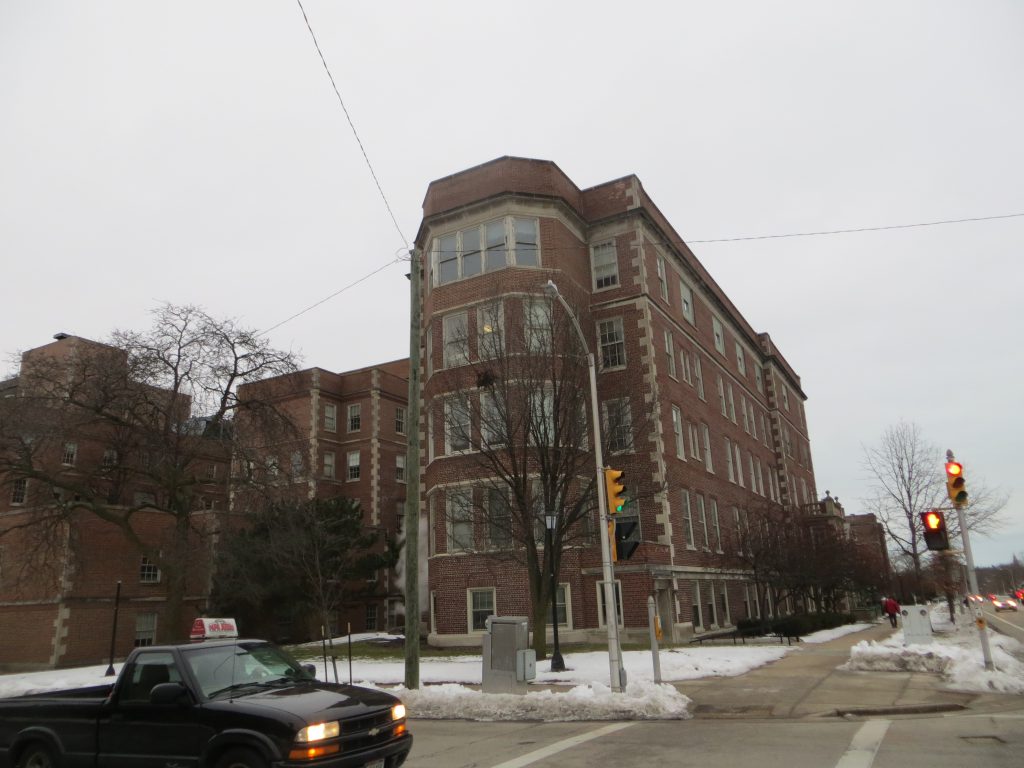
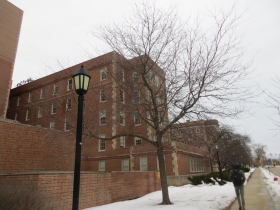
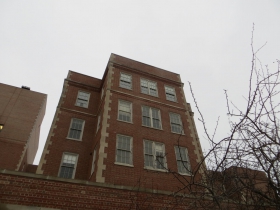
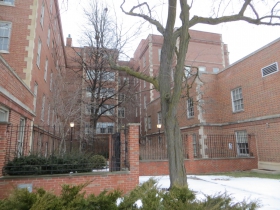
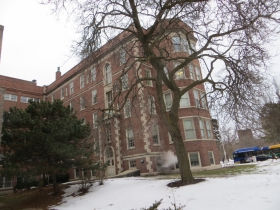
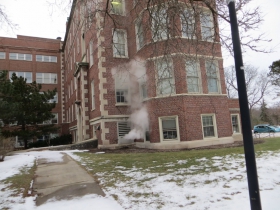
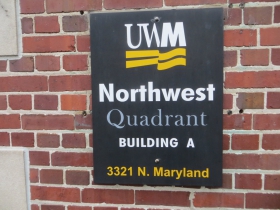


















When owners of historically significant structures find that the continued existence of those structures stand in the way of plans for expansion, the arguments to raze them ( usually following years of intentionally deferred maintenance ) center around terms like “functionally obsolete” and “far too expensive to repurpose.”
Those same arguments might have been made regarding the restoration of Milwaukee’s City Hall, the Oriental Theatre and other significant local landmarks, but weren’t…..thank heaven.
Unfortunately, the bold ink on agreements UWM signed with neighborhood groups seems to fade over time ( along with their commitment ). You might recall the agreement they signed in the late 70’s regarding the Downer Woods? In the face of a want of further campus expansion, one can already anticipate the arguments regarding the extraordinary cost of maintaining “all that vacant land” in dire need of repurposing for “more efficient and productive ends.” It won’t be long.